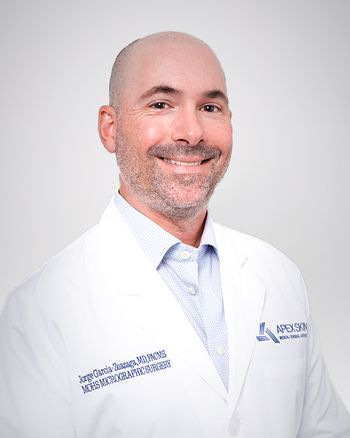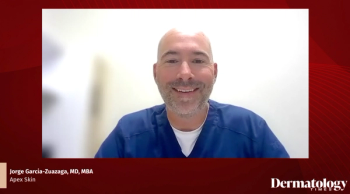
Can you prepare your practice for a natural disaster?
Patricia Farris, M.D., shares her experience rebuilding her business after a hurricane. Here’s what she learned.
When Patricia Farris, M.D., pulled her car into the parking lot of her dermatology practice in Metairie, La., she shook her head in despair and parked next to pieces of the building’s roof.
Dr. FarrisIt was early September 2005, and Hurricane Katrina had hit the New Orleans suburb hard. The second-floor roof of Old Metairie Dermatology, the practice Dr. Farris had operated since 1975, was now a giant hole. “This is going to be bad,” she remembers thinking. “We weren’t as prepared as we should have been.”
She walked inside to assess the damage, and bad news was everywhere. Pipes broken. Water in the laser printer. Ruined bottles of Botox and filler. Patient records scattered. The smell of mold.
Suddenly, the phone rang. “Our land line works?”
It was a nervous patient awaiting her biopsy report. The patient had evacuated to Florida and was calling to see if the result was ready. Dr. Farris located the patient’s soggy record and connected with her pathologist. The news was bad - positive for melanoma - but the patient appreciated knowing and soon was treated.
“Here’s the scary thing,” Dr. Farris says. “If she would have called during any other 15-minute period, I wouldn’t have known she was in Florida. I wouldn’t have been able to find her. We were extremely lucky for that call, but so many other aspects of our business were affected.”
Old Metairie Dermatology essentially shut down for seven months. “I realize now, some could have been prevented.”
4 Smart Moves
According to the Insurance Institute for Business and Home Safety, 25% of companies are unable to resume operations after a major disaster. But don’t let Mother Nature catch your business off-guard. While some dermatologists will be rebuilding from hurricanes Harvey and Irma, Dr. Farris shares some tips that may help them and others before the next hurricane comes knocking (well, through) your door. Here are some action steps to take now:
- Get business interruption insurance. A few weeks before Katrina hit, Dr. Farris questioned her accountant on the value of the practice’s business interruption policy. I said, ‘This seems ridiculous.’ He said, ‘No, you need it in case a disaster strikes.’” During the seven months of no income, she still had to pay malpractice, rent and other bills. She also paid employees throughout the period. “That policy paid an incredible amount of my losses, and is worth the expense.”
- Periodically record a smart-phone video of office assets. Your insurance policy is going to want documentation of losses. “Don’t forget little areas like the cabinets,” Dr. Farris says. Also, keep insurance information and contact names and numbers in a safe place. Knowing where to access this information in the event of an emergency will expedite the claim process.
- Understand how to access reporting features of your electronic medical record system. It doesn’t take a hurricane to knock out power, so understand how to take a virtual inventory of what you need to communicate to patients. “Know how to access biopsy reports and other important information no matter your location,” Dr. Farris says. Old Metairie Dermatology uses the cloud-based EMR called EZDERM. Also, regularly back up all critical data not stored in an EMR, including tax records and financial documents.
- Create and communicate a reliable emergency response plan. The plan should include how you will protect employees and customers, manage business operations and communicate during and after the disaster. Questions to consider: How easy is it to exit your office? How long will it take to reach the designated meeting place? Who might need mobility assistance? Where are emergency numbers posted in the office? Employees should (literally) know the drill. If you need help, check out this
free planning resource from FEMA .
Thriving again
At Old Metairie Dermatology, disaster and patience eventually gave way to advancement and patients. Today, from the same location that was affected by Katrina, the practice focuses on integrative medicine, and offers the latest in general and cosmetic dermatology for clients experiencing a wide range of skin conditions.
“We learned our lesson,” Dr. Farris says. “I can’t say this strongly enough - a little planning can make the difference between staying in business and losing everything.”
Newsletter
Like what you’re reading? Subscribe to Dermatology Times for weekly updates on therapies, innovations, and real-world practice tips.
















